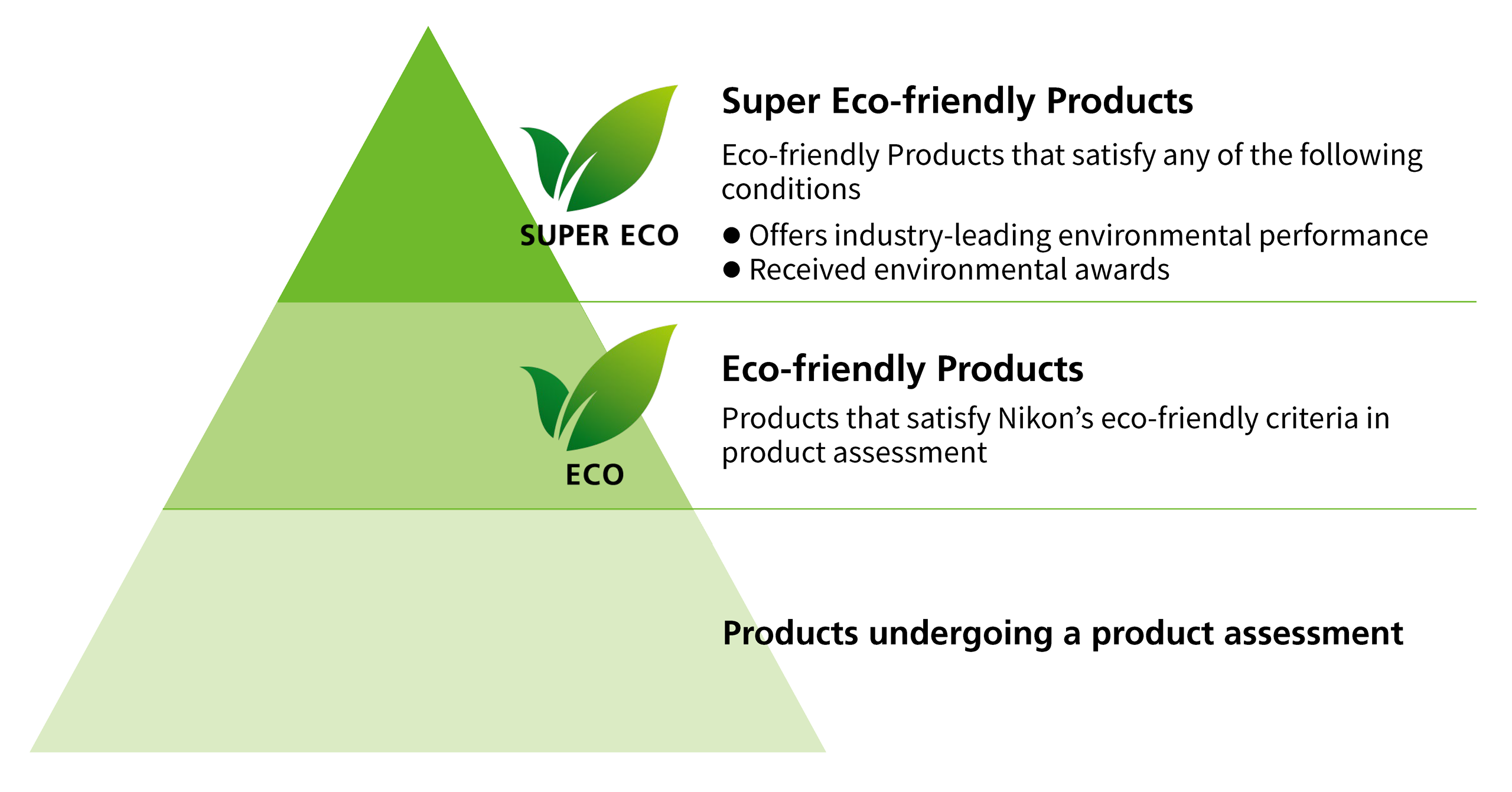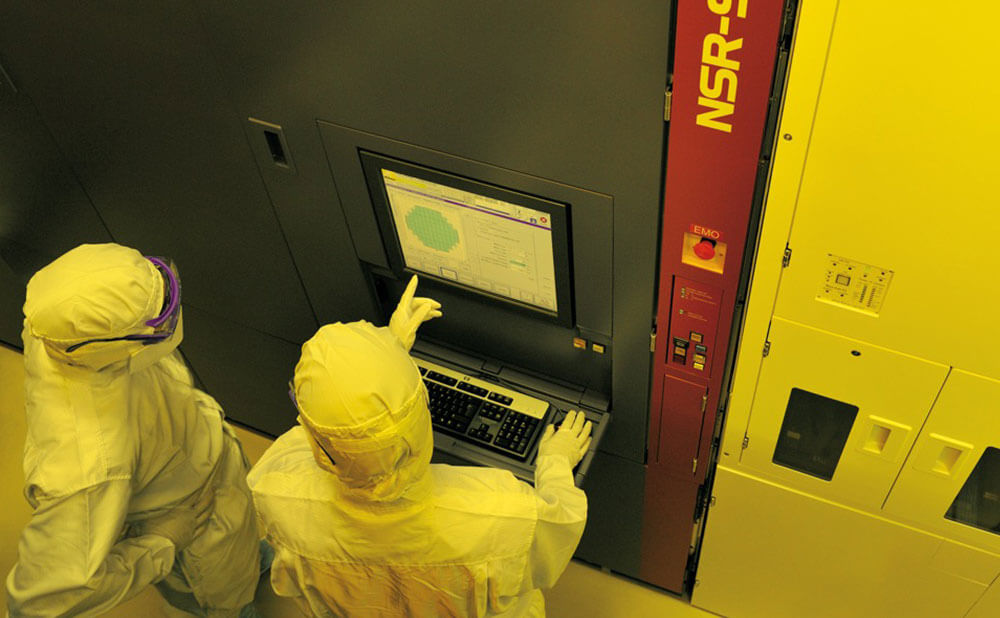 Environment
Environment

While climate change is a risk to our business, we also see a business opportunity to contribute to decarbonization and resource circulation by leveraging our core technologies. The Nikon Long-Term Environmental Vision describes our commitment to “Realizing a Decarbonized Society,” “Realizing a Resource Circulating Society,” and “Realizing a Healthy and Environmentally Safe Society.” In this context, we aim to build a sustainable society while balancing environmental friendliness and business growth.
Reason for Priority
As the impact of climate change becomes more pronounced, and the associated social and economic losses and damages become more severe, the 28th Conference of the Parties of the United Nations Framework Convention on Climate Change (COP28) reached an agreement on energy to transition away from fossil fuels, as well as to triple renewable energy capacity and double energy efficiency improvements by 2030. In addition, the deliverable of the global stocktake, an assessment of global climate change action, reaffirmed the urgent need for action to achieve the 1.5°C target. The document included emission reductions for all greenhouse gases across all sectors, including industry, transportation, and households, as well as contributions by field. As a result of these findings, companies will be required increasingly to develop and work steadily to achieve climate strategies and environmental management based on these strategies toward long-term environmental goals.
Simultaneously, there is a need to shift away from the traditional linear economy characterized by a cycle of mass production, consumption, and waste generation toward a circular economy in which resources are recycled and reused. In addition, with regard to chemical substances contained in products, there has been a steady expansion in the scope of substances that are subject to regulation, as well as in the geographical areas in which such regulations apply.
Companies will be asked to further their efforts to conduct information disclosures based the TNFD* framework and perform nature-related risk/opportunity assessments toward becoming Nature Positive by 2030, a movement to halt biodiversity loss and put nature on a recovery track.
- *TNFD: Abbreviation for Taskforce on Nature-related Financial Disclosures. The Task Force on Nature-Related Financial Disclosure established a framework for companies and organizations to assess and disclose the impact of economic activities on the natural environment and biodiversity.
Commitment
Under the Nikon Long-Term Environmental Vision, Nikon strives toward three goals: (1) Realizing a Decarbonized Society; (2) Realizing a Resource Circulating Society; and (3) Realizing a Healthy and Environmentally Safe Society. To this end, we established the Nikon Medium-Term Environmental Goals as specific goals to achieve by fiscal year 2030.
Toward achieving a decarbonized society, in fiscal year 2023, we received certification from the Science Based Targets (SBT) Initiative for our fiscal year 2050 Net-Zero target. Additionally, we accelerated our target by 20 years to use 100% renewable energy by fiscal year 2030 instead of fiscal year 2050. During fiscal year 2023, three major facilities, Nikon Thailand Co., Ltd., Tochigi Nikon Corporation, and Tochigi Nikon Precision Co., Ltd., shifted to 100% renewable energy, bringing the Nikon global ratio to 69.3%. We continue to work steadily toward achieving our energy-related goals.
While climate change is a risk to our business, we also see a business opportunity to contribute to decarbonization and resource circulation by leveraging our core technologies. The Nikon Medium-Term Management Plan includes a sustainability strategy as one of its pillars. Here, we will contribute to building a sustainable society while balancing environmental friendliness and business growth.
Environmental Strategy
The Nikon Group established a Sustainability Policy, which aims to contribute to sustainable societies and achieve sustainable growth for the company. We also formulated the Nikon Environmental Activity Policy, which is a specific policy regarding the environment. Under these policies, we formulated the Nikon Long-Term Environmental Vision looking ahead to fiscal year 2050 as a means to address environmental risks and regulations proactively. The Nikon Long-Term Environmental Vision comprises three pillars believed to be particularly important in consideration of the global situation and the characteristics of Nikon’s business, which uses limited resources to manufacture and sell products.
These three pillars are linked with Materiality and with the Nikon Medium-Term Environmental Goals, for which fiscal year 2030 is the target year. Our Environmental Action Plan is a single-year goal that we are rolling out across the Group. We clarify the relationship between the environment and our business activities and then make an accurate assessment of the impacts and risks posed to the environment, using this information to prioritize goals and plans.
The Environmental Subcommittee deliberates on and approves self-evaluation performances and we review our action plans for the next year and thereafter based on the issues that are identified by the Subcommittee.
Nikon Long-Term Environmental Vision (Target Period: Fiscal Year 2050)
The Nikon Group contributes to building a sustainable society through the Nikon Long-Term Environmental Vision, established for Realizing a Decarbonized Society, Realizing a Resource Circulating Society, and Realizing a Healthy and Environmentally Safe Society.
The Nikon Group is committed to developing new businesses and tackling innovations that will contribute to reducing environmental impacts.

- *90% reduction of GHG emissions (Scope 1, 2, and 3) throughout the value chain, with the remaining emissions neutralized according to internationally recognized criteria.
Nikon Environmental Goal Relationship Diagram

Materiality
3. Promoting a Decarbonized Society

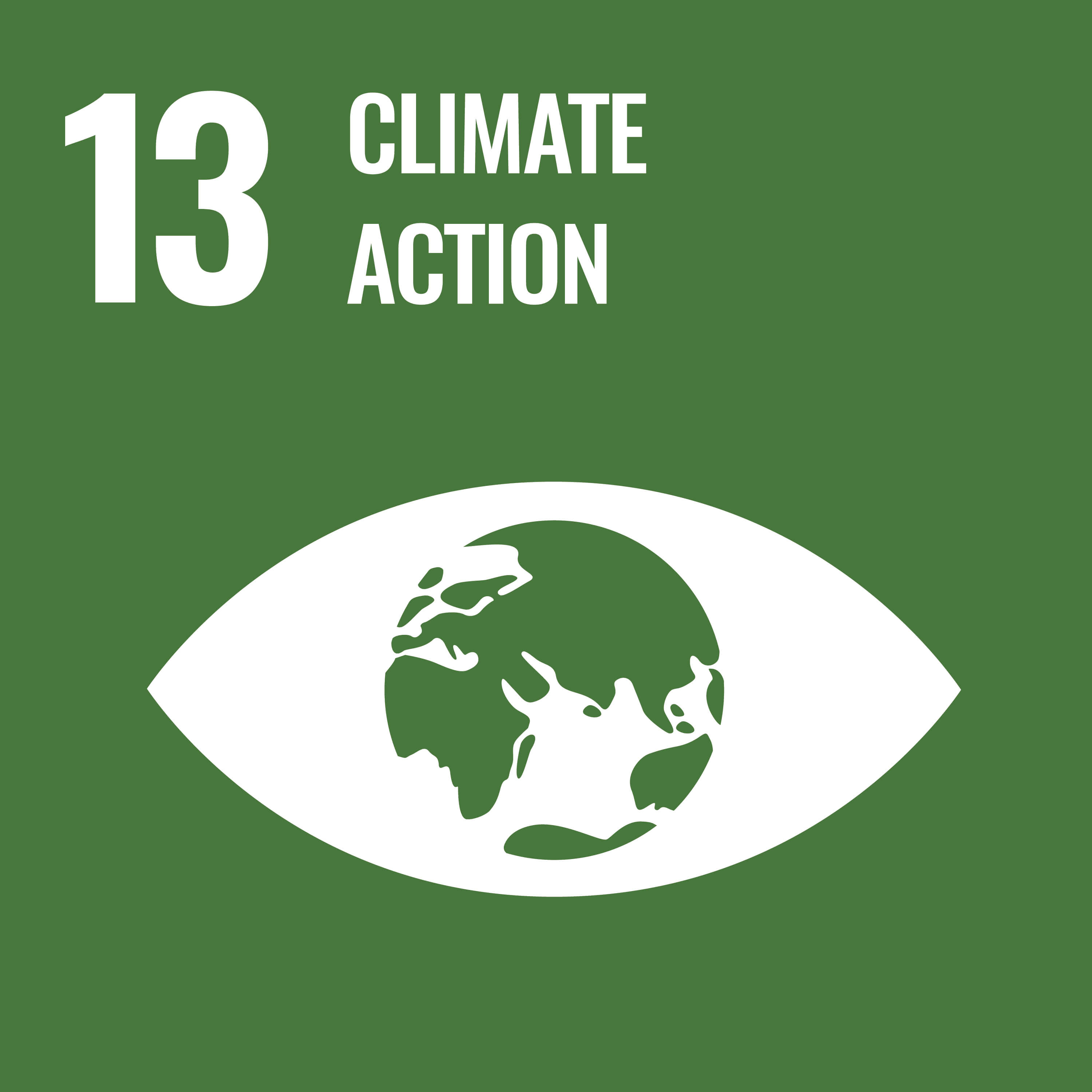
- Vision
- Reaching Net-Zero throughout the value chain by fiscal year 2050
- Strategy
- GHG emission reduction in Scope 1, 2, and 3 and accelerate introduction of renewable energy
- Indicator: Targets
(Target Fiscal Year) -
- Scope 1 and 2 reduction (compared to FY2022): 57% (FY2030)
- Scope 3 reduction (compared to FY2022): 25% (FY2030)
- Achieve renewable energy adoption rate of 100%
4. Promoting Resource Circulation



- Vision
- Minimize resource consumption and maximize resource circulation throughout the value chain
- Strategy
- Reducing resource consumption and waste, etc.
- Indicator: Targets
(Target Fiscal Year) -
- Percentage of use of recycled materials for products: 5% or more (FY2030)
- Rate of reduction in total discharged waste (compared to FY2018): 10% or more (FY2030)
- Rate of freshwater consumption reduction (compared to FY2018): 5% (FY2030)
5. Preventing Pollution and Conserving Ecosystems



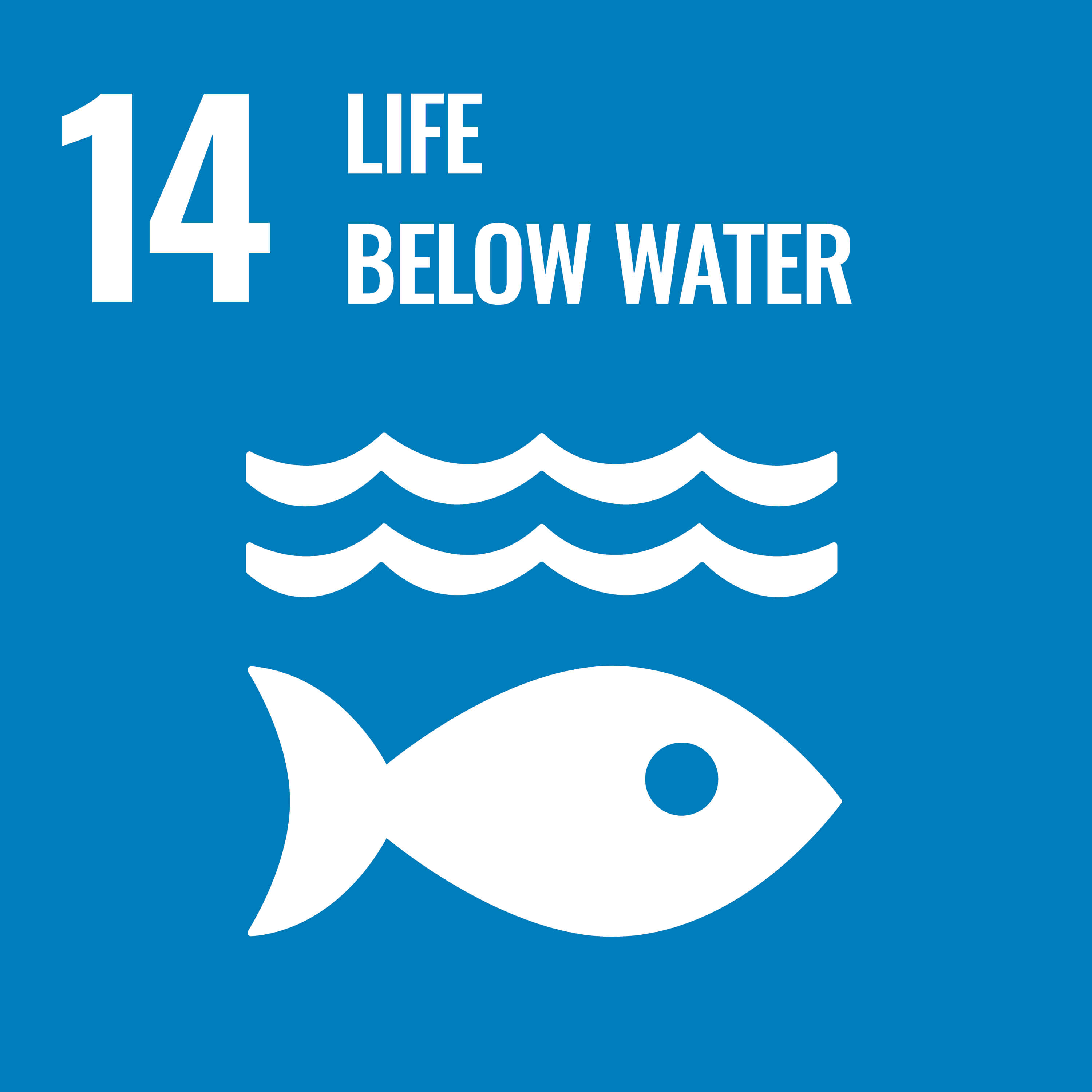
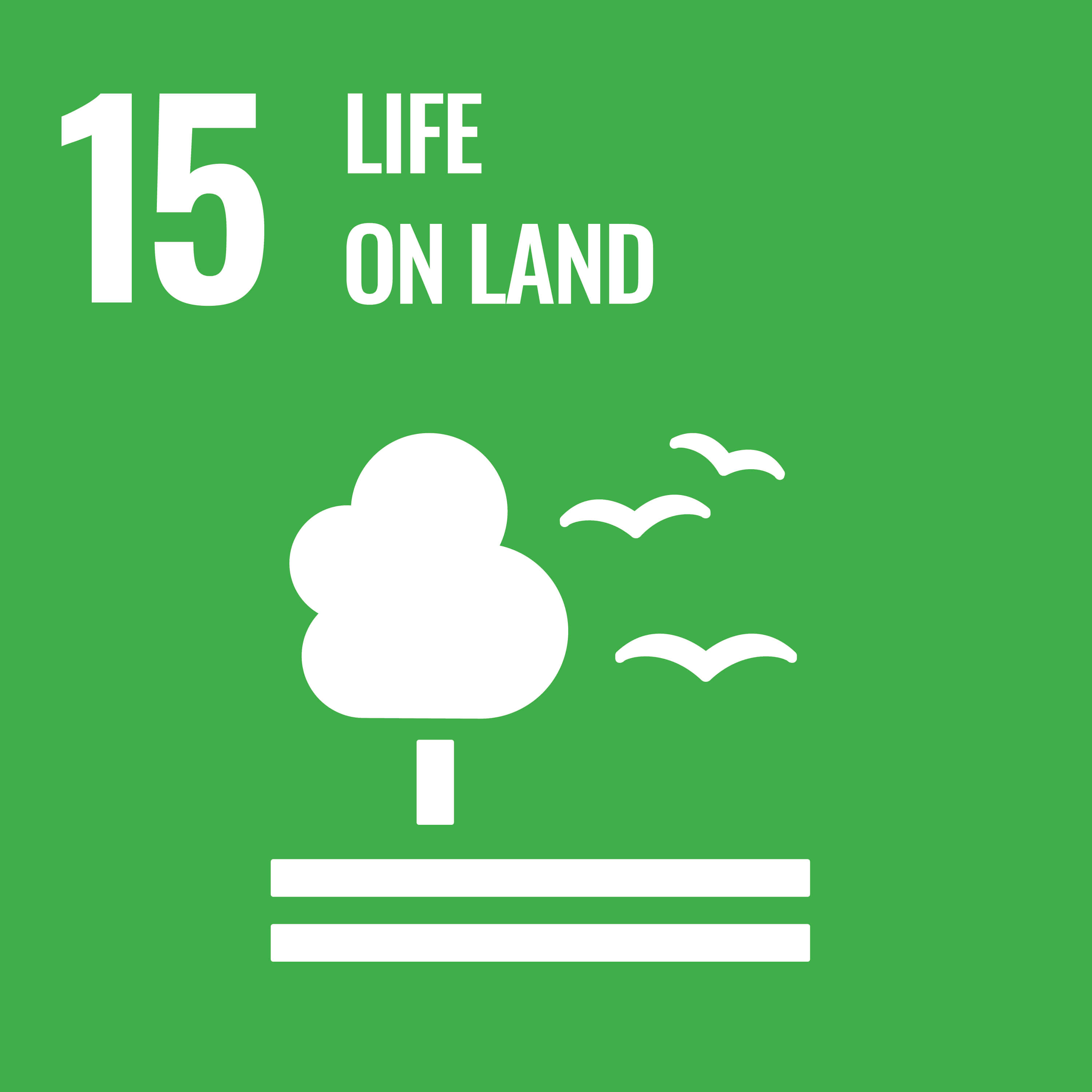
- Vision
- Have zero negative impacts on human health or ecosystems in the value chain
- Strategy
- Appropriate use of chemical substances and reduction of ecological impact and dependence
- Indicator: Targets
(Target Fiscal Year) -
- Hazardous chemical substances in products: Containing zero (FY2030)
- Zero usage of hazardous chemical substances in manufacturing processes: Use zero (FY2030)
- Percentage of FSC-certified or recycled paper (catalogs, instruction manuals, packaging boxes): 100% (FY2030)
Pick Up
Toward Net Zero:
Accelerating the Adoption of Renewable Energy

The Nikon Group aims to reduce our greenhouse gas emissions to effectively zero*1 by fiscal year 2050. In March 2024, the Group resolved to shorten our target year of achieving the complete switch to renewable energy procurement for the electricity used in our business activities by 20 years from fiscal year 2050 to fiscal year 2030. Adopting renewable energy is a crucial measure for the Nikon Group to take, about 80% of our greenhouse gas emissions are from electricity use.
We will accelerate our efforts to adopt renewable energy by shortening the target year of our goals. The Nikon Group strives to go beyond expanding renewable energy within our Group to contribute to the wider adoption of renewable energy in society. To this end, we encourage governments and other organizations to establish social systems that facilitate renewable energy adoption through our membership in RE100*2.
- *1Net zero: 90% reduction of GHG emissions (Scope 1, 2, and 3) throughout the value chain, with the remaining emissions neutralized according to internationally recognized criteria.
- *2RE100: The Carbon Disclosure Project (CDP; an international environmental NGO) and The Climate Group (an NPO focused on activities in response to climate change) partner to operate RE100, an international initiative with participation from companies all over the world.
New Nikon Head Office in
Environmentally Conscious Office Building

The new Nikon Head Office launched operations on July 29, 2024. The building features an exterior design with excellent solar radiation shielding effects to reduce the energy used in air conditioning. The structure of the building also encourages natural light and ventilation in the offices. Moreover, the building introduced a variable airflow system that controls the airflow according to office operations. These features enabled the entire building to reduce energy use significantly, receiving ZEB Ready*1 certification and the highest six-star rating of the BELS*2 building energy conservation performance labeling system. The new Head Office reduces energy consumption while combining energy creation through solar power generation to create an environmentally friendly office building.
- *1ZEB Ready: Net Zero Energy Building Ready. A building that creates comfortable indoor environments while reducing energy consumption by 50% or more through energy conservation compared to the energy required in conventional buildings.
- *2BELS: Building-Housing Energy-efficiency Labeling System. A system that evaluates and certifies the energy conservation performance of buildings using a six-star evaluation system through a third-party organization.
Product 3R Initiative
Reusing Semiconductor Lithography Systems

The Nikon Group has commercialized a service for collecting and reconditioning used Nikon semiconductor lithography systems from customers, where it replaces and reconfigures parts and installs the refurbished systems for new customers in and outside Japan. This business activity is an example of the Nikon Group’s practice of reusing our products within the Group. As of fiscal year 2023, the Nikon Group had sold a cumulative total of 464 refurbished products.
Major Activities in Fiscal Year 2023
Scope 1 and Scope 2 Greenhouse Gas Emissions (compared to fiscal year 2013)
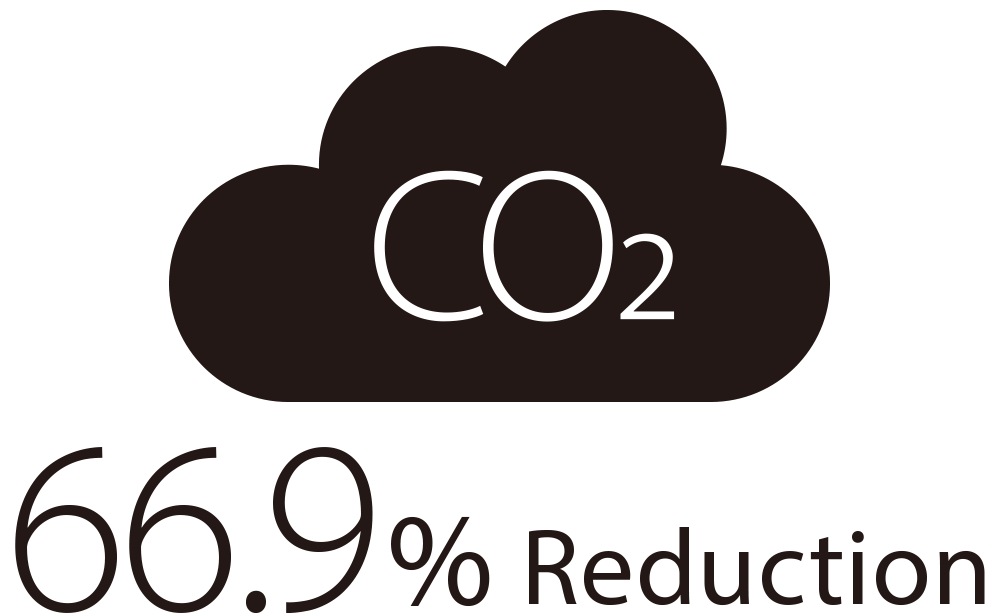
Total Waste Generated from Operations (compared to fiscal year 2018)
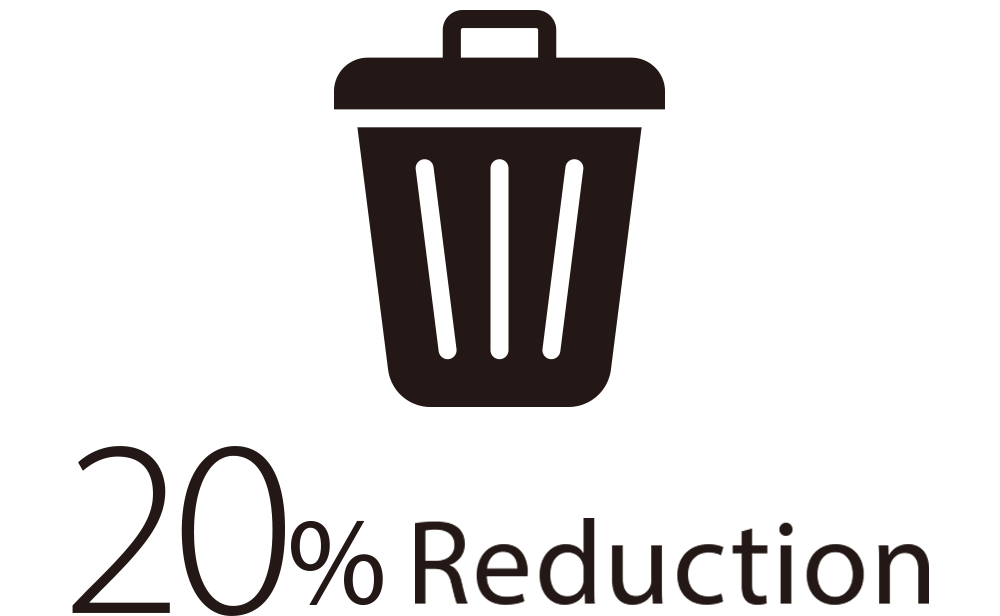
FSC-Certified Paper Used in New Product Catalogs (Europe, North America, Japan)
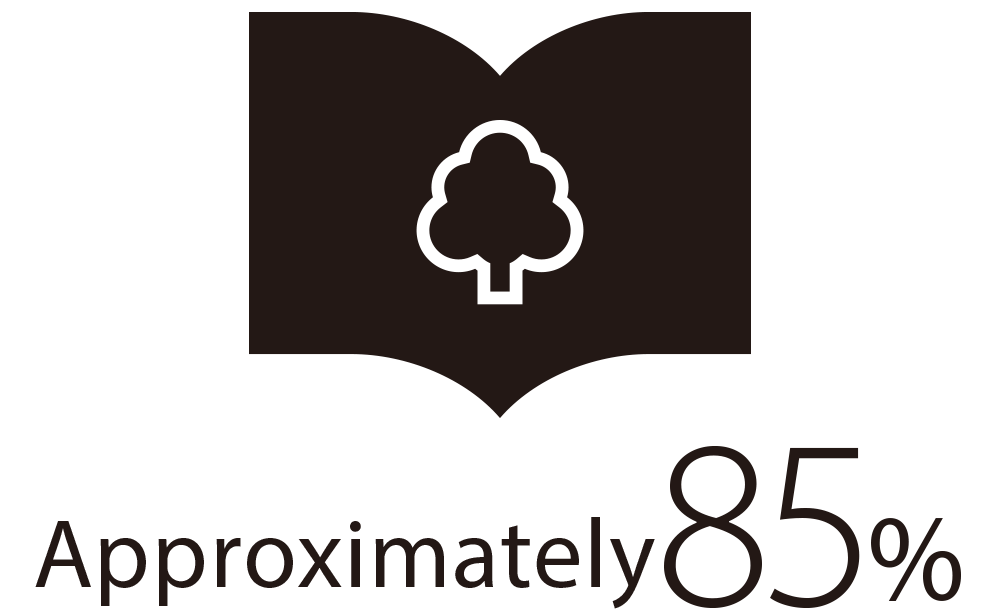
Eco-friendly Products
At the Nikon Group, to develop products that fully consider the characteristics of Nikon products and their impact on the environment, we established Nikon's strict product assessment standards in 1955. This assessment evaluates all newly developed products in terms of weight and volume reduction, reduction of hazardous substances, standardization of materials, and recyclability.
Additionally, in fiscal year 2017, we revised the definitions and framework for environmentally friendly products. Since then, we have introduced a system that certifies products that meet stricter standards in the product assessment as Eco-friendly Products or Super Eco-friendly Products.
Eco-friendly Products Framework
